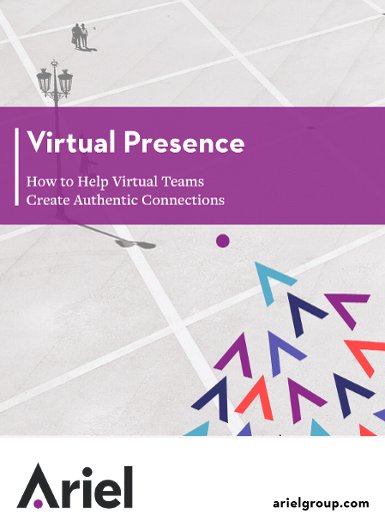Anatomy of a Great Apology E-mail from GoDaddy.com
Normally, e-mail is not the proper vehicle for an apology; we recommend a face-to-face meeting or phone call if possible. However, when you are the internet hosting service GoDaddy.com and have thousands of angry customers affected by an internet outage, e-mail is the only way to reach customers quickly. The CEO of GoDaddy.com, Scott Wagner, did an admirable job.
Why was his message so effective? Read the message and we’ll deconstruct it below:

Here are the main ingredients of Wagner’s effective apology e-mail:
-
Clear bottom line strategically placed in the banner—you can’t miss it! Bottom Line On Top: The apology and “What’s in it for me?” are in the banner. If the customer reads no more, he or she will know there’s a credit waiting.
-
Reader-centered focus. Wagner effectively uses the “you” attitude to connect directly and show he understands his customer’s pain: “We let you down and we know it.”
-
Appropriate and brief content. The third paragraph explains why the outage happened. The explanation is factual and avoids blame or emotion.
-
Clear action requests. How many times have you been upset about a service and had to ask for a credit? GoDaddy.com immediately offers this with “Accept your enclosed credit” and “Redeem your credits now.” You just need to click.
-
Passive voice score is low. Wagner takes responsibility with the first person voice, “I” and “we.” There are a few instances of passive voice to hide the “actor” of the action. Short, active sentences give the message a more personal feeling, as if Wagner were writing only to one person instead of the entire customer base.
-
Use of visual design. Wagner uses bold for the second most important statement: “At no time was any sensitive customer information, including credit card data, passwords or names and addresses, compromised.” We normally suggest writers use more formatting such as headlines and bullets, but this apology e-mail works well as it is.
-
Appropriate word choice and tone. Wagner uses simple words to create an authentic and heartfelt voice. It really sounds like he, personally, is sorry. He also knew it was important to send the message under his personal signature—not from the customer service department. He acknowledges that the apology is just the first step for GoDaddy.com in regaining the trust of its customers.
Great job, Scott Wagner!
